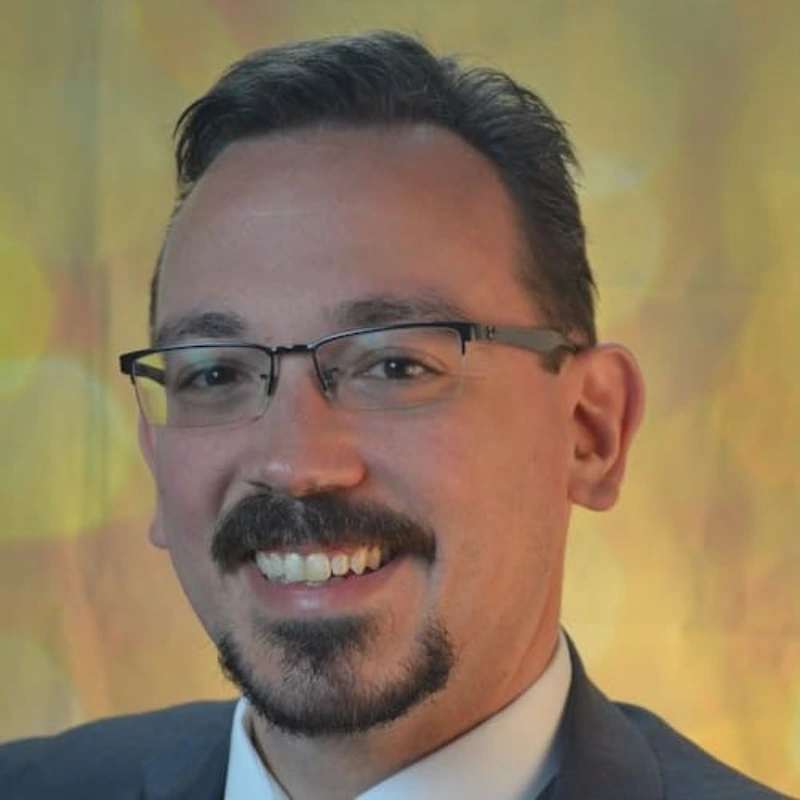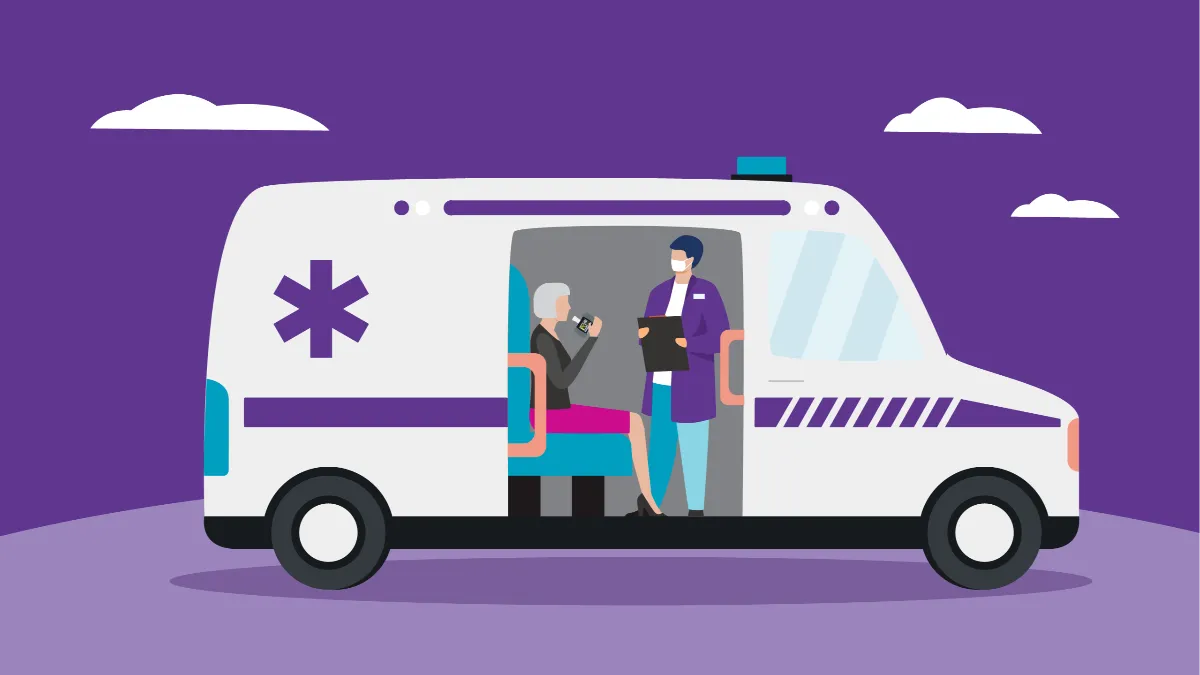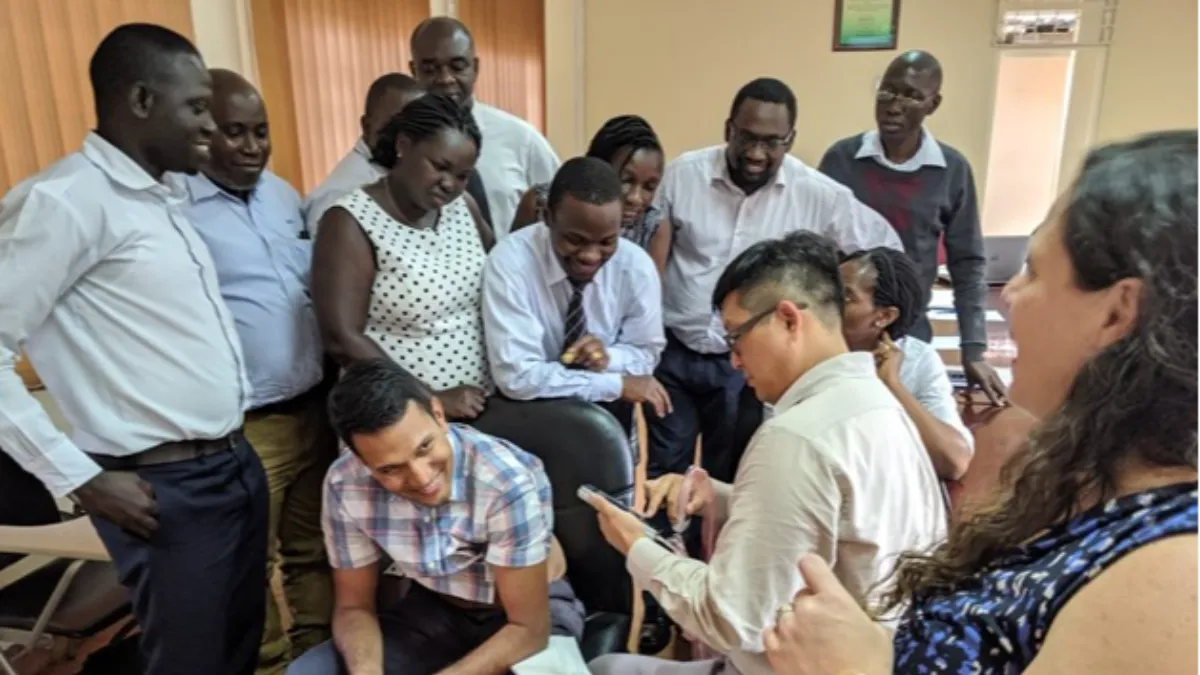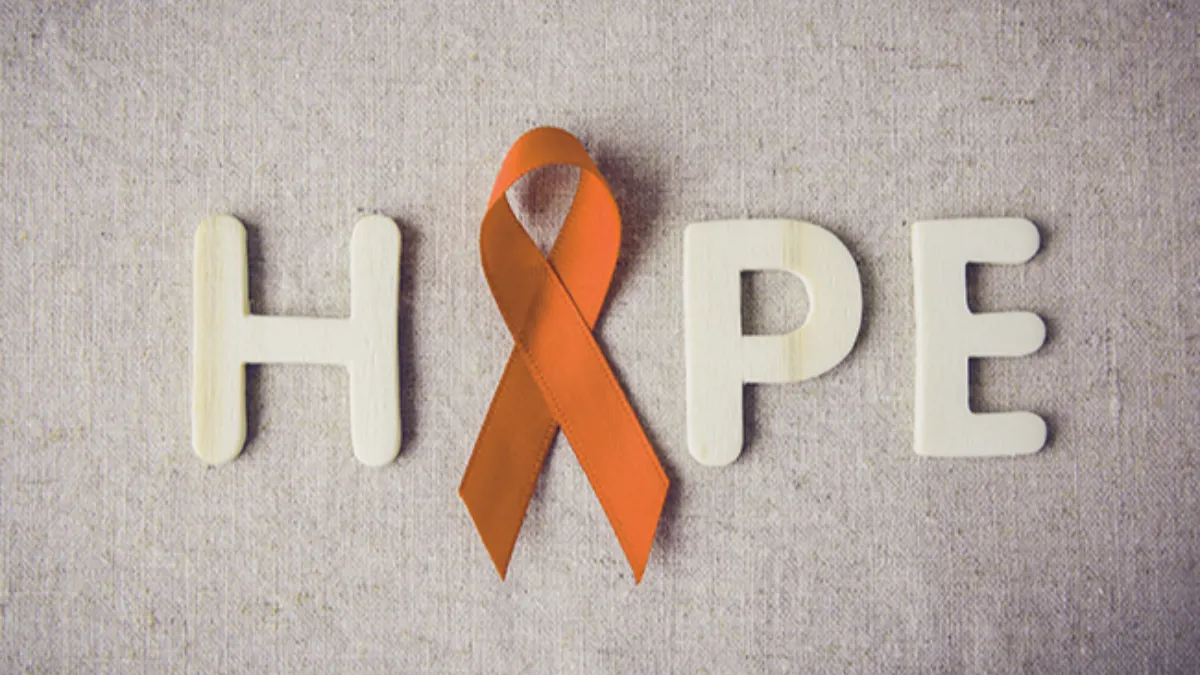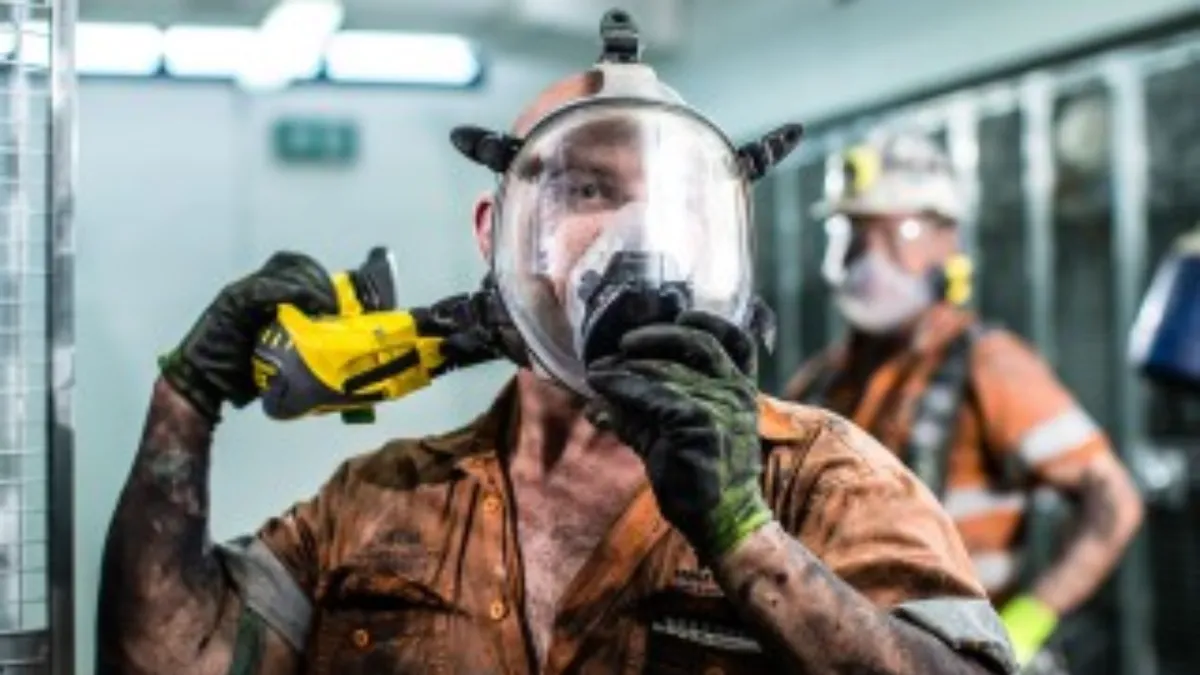COPD Foundation’s considerations amidst COVID-19
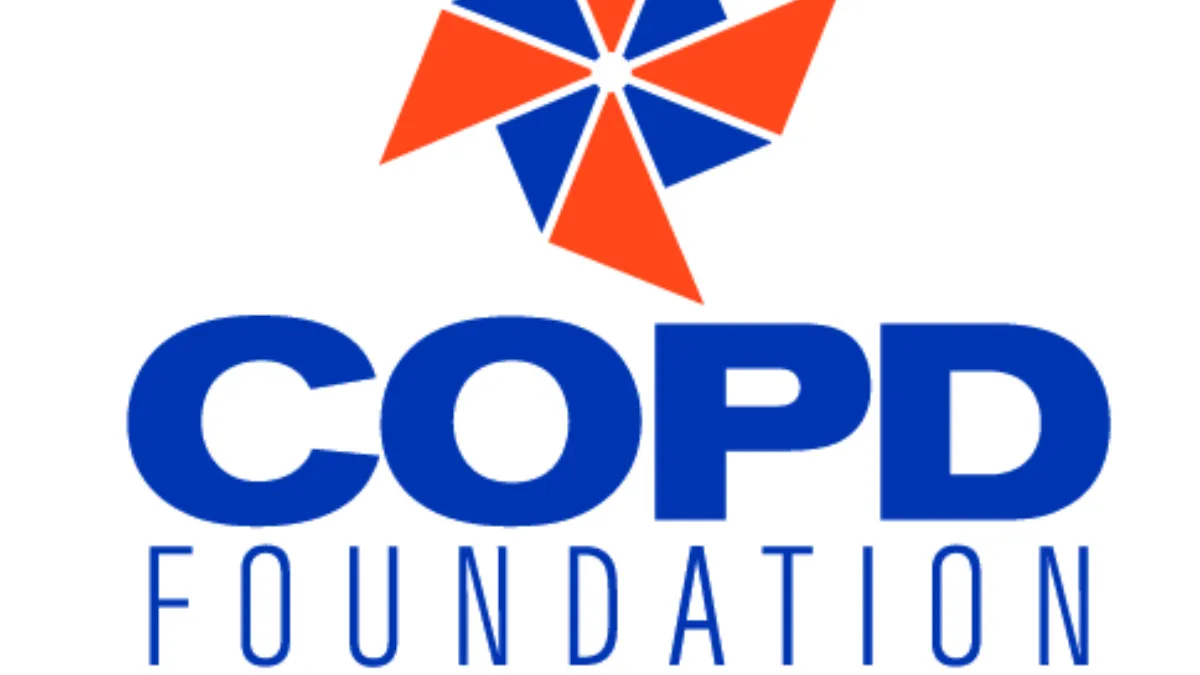
As the world continues to work its way through the COVID-19 pandemic, patients (and clinicians) are increasingly asking when it will be “safe” to get back to normal operations.
After all, chronic conditions like asthma and COPD haven’t gone away just because there’s a new pathology on the block. There are, of course, still many unknowns with the COVID-19 pandemic, and it seems just as soon as we think we have solid answers, new questions turn up.
Various professional organizations and patient advocacy groups have put together lists of things to consider when contemplating seeking care or when clinicians are discussing options with the people in their care - The COPD Foundation has a dedicated page discussion the impact of respiratory care amidst COVID-19. We’ve covered some of those concerns and considerations in previous posts about resuming pulmonary function testing and potentially expanding services.
Still, it’s also a good idea for clinicians to be aware of what recommendations patients hear in order to better understand concerns and potential questions you might encounter. Today, we’re taking a look at the COPD Foundation’s Considerations for Resuming Non-Essential Medical Care for People with COPD During the COVID-19 Pandemic.
Fundamentals of resuming essential medical care during COVID-19 #
First and foremost, clinicians must be aware of state and local regulations and restrictions. This pandemic continues to be a rapidly evolving situation, and what is applicable in one state or county may not be so in neighboring jurisdictions.
In addition, health systems and individual practices also vary widely in terms of available resources and risk tolerance, which can create confusion and misunderstandings. As always, clear communications with your patients and their caregivers will be essential to managing expectations and enhancing safety for all.
The COPD Foundation leads off by highlighting this point, as well as asking all stakeholders to weigh the risks and benefits carefully of the specific procedure, test, or encounter to make informed decisions.
That may seem obvious to people on the clinical side, but always remember that on the other side of the stethoscope, the people we care for don’t necessarily have the same context and insight. They will be relying upon you to tell them what is necessary and what isn’t and may de-prioritize their own concerns in favor of your requests.
Now, on to the questions…
Is Telehealth an option? #
Recognizing the explosive growth in telehealth access during the pandemic, the Foundation leads off by suggesting that patients take advantage of such services where possible.
This is certainly appropriate given the higher risk those with chronic respiratory conditions face for COVID-19 morbidity and mortality. There are a surprising number of elements to COPD care that lend themselves well to telehealth visits, especially those with a two-way video component. While clinicians obviously can’t do a formal physical assessment, things like breathing patterns, cough frequency/intensity, and even home environment can be observed via video.
Depending on the time of day and patient status, inhaler technique can be assessed and reviewed. Behavioral therapies, like tobacco cessation and adherence barriers, can be discussed. Medicare even recently made pulmonary rehabilitation codes eligible for reimbursement when provided by telehealth, which is a potential game-changer even after the COVID-19 pandemic.
Of course, not every service lends itself to telehealth. Notably, remote pulmonary function testing equipment is virtually nonexistent in most areas, and obviously, things like lab draws and imaging studies are still hands-on events.
There are certainly ways to mitigate risks for people returning to in person health care, but if practices can use telemedicine as much as possible, the number of people physically interacting is effectively reduced, and social distancing is much easier to accomplish.
What is the level of COVID-19 exposure risk? #
This also seems pretty straightforward but could be an additional consideration for patients living in rural areas that may have to commute to urban facilities.
The guidance specifically reminds people to look at the community transmission rates in the area where care will be delivered, which is something easily overlooked. Depending on population density and other factors, transmission rates can vary tremendously from county to county, and it is not enough to know one’s “hometown” rate.
What’s more, depending on the type of procedure (or exactly how rural one’s setting is), factors like overnight travel may enter the equation, potentially increasing the risk of exposure. Finally, many people don’t want to travel alone, but many facilities are still limiting the number of ‘guests’ (including caregivers) that can accompany patients. It is, therefore, critical to have a plan to not only reduce individual risk, but risk for anyone in a supporting role.
What precautions have the medical facilities put into place? #
This could (and perhaps should) be the first thing you get asked when recommending someone come in for care and should already be front-of-mind for clinicians anyway.
If you are prepared to explain all of your safety measures, from waiting room procedures to sanitization of rooms and equipment, it will go a long way to making your patients feel safe and protected and make them more comfortable seeking care. In addition, clear communication about COVID-19 testing requirements (for example, prior to PFTs or sleep studies) will prevent wasted trips and improve satisfaction.
Finally, all safety protocols should also be considered from a logistical standpoint. For example, if patients are accustomed to waiting inside a facility and using the built-in oxygen supply but now have to wait in their car, either additional tanks should be available, or patients are advised to bring enough oxygen for the expected wait time (plus a safety buffer).
What is the risk that your condition could rapidly progress if you DIDN’T get the procedure/test? #
Again, speaking to the core of risk/benefit analysis, this is a question where your patients will be counting on your expertise to provide an objective evaluation.
Clearly, someone preparing for a procedure like lung volume reduction surgery or being evaluated for a transplant should most likely continue those efforts, where routine follow-up of stable COPD may safely be deferred for a bit or converted to a telehealth visit. These determinations, as always, should be data-driven and made according to evidence and best practices.
Are there alternatives that will be adequate to prevent rapid progression in the meantime if you delay? #
This question is very closely related to the previous one, as they both speak to the risks of delay. In certain cases, there may be temporary alternatives to a particular procedure, whether lung-related or not (remember, most people with COPD have other concurrent conditions that require treatment as well).
From a pulmonology perspective, it could be as simple as taking another look at a medication regimen to improve symptom management or develop an ad hoc workout plan to remain active without access to pulmonary rehabilitation. In a perfect world, regimens would always stay optimized, but in the world we have, this allows for an opportunity to reconsider the basics before exposing people to potentially unnecessary risk.
Patients seeking pulmonary clearance for another type of procedure present a more complicated challenge. Because of the increased risk COVID-19 poses to those with lung conditions, these cases require a good deal of care coordination and communication between the pulmonary team and the specialists in question.
Frank discussions between clinicians may lead to acceptable alternatives, and at the very least, will facilitate procedures that will keep the patient as safe as possible.
Is the necessary follow up care available AND of acceptable COVID-19 exposure risk? #
Of course, optimal care is a process, not a destination. Even under normal circumstances, follow-up and care coordination can be some of the most challenging aspects of moving people along the path to their best lives.
A pandemic adds a great many additional barriers to the care continuum, and once again, may require creativity in order to optimize safety. As previously mentioned, many of the services and facilities that clinicians would traditionally depend upon for post-procedure evaluation (including imaging and pulmonary rehab) might have reduced capacity or be unavailable altogether.
Even at a more basic level, simply accessing primary care after an event like an inpatient admission or even an emergency room visit may be difficult because of restrictions and safety protocols.
In some of these cases, telehealth may once again provide a solution.
Depending on the exact circumstances, a remote evaluation may serve perfectly well. In others, if telehealth is inappropriate and in-office visits are not practical, an old-school house call may be an option; home medical equipment providers may be able to utilize some of their personnel (such as respiratory therapists) to evaluate those patients who require more intensive therapy after a procedure.
Home care may not be appropriate in every case, but again, these times call for exploring every possible option.
Summary #
This blog entry was written with COPD in mind. However, these are important considerations that are going to be shared by those with asthma, cystic fibrosis, interstitial lung disease, or any chronic respiratory condition. They are also likely to be shared by virtually every patient who is concerned about seeking care in the foreseeable future.
Respiratory clinicians will certainly want to take some extra precautions to keep patients safe, but these precautions are generally sensible, particularly in areas that are experiencing surges in community viral spread.
The best way to manage these concerns is to give them the attention they’re due.
It’s important to recognize the advice that those seeking care are receiving and to be prepared to address these issues respectfully and candidly. Many people with chronic conditions (in general) experience a certain degree of immunocompromise, which places them at enhanced risk during the pandemic.
Many are aware of this increased threat, and therefore may be more reluctant to seek care. Meet them where they are. Acknowledge their concerns and have processes in place that address these safety issues. At the same time, reinforcing that deferment of care has its own inherent risks.
Encourage people to remain proactive partners in care while providing appropriate risk mitigation is an ideal way to promote community health.

